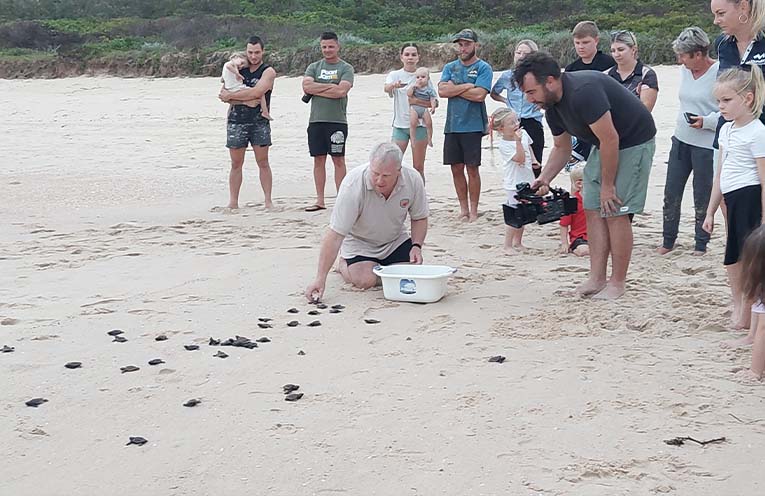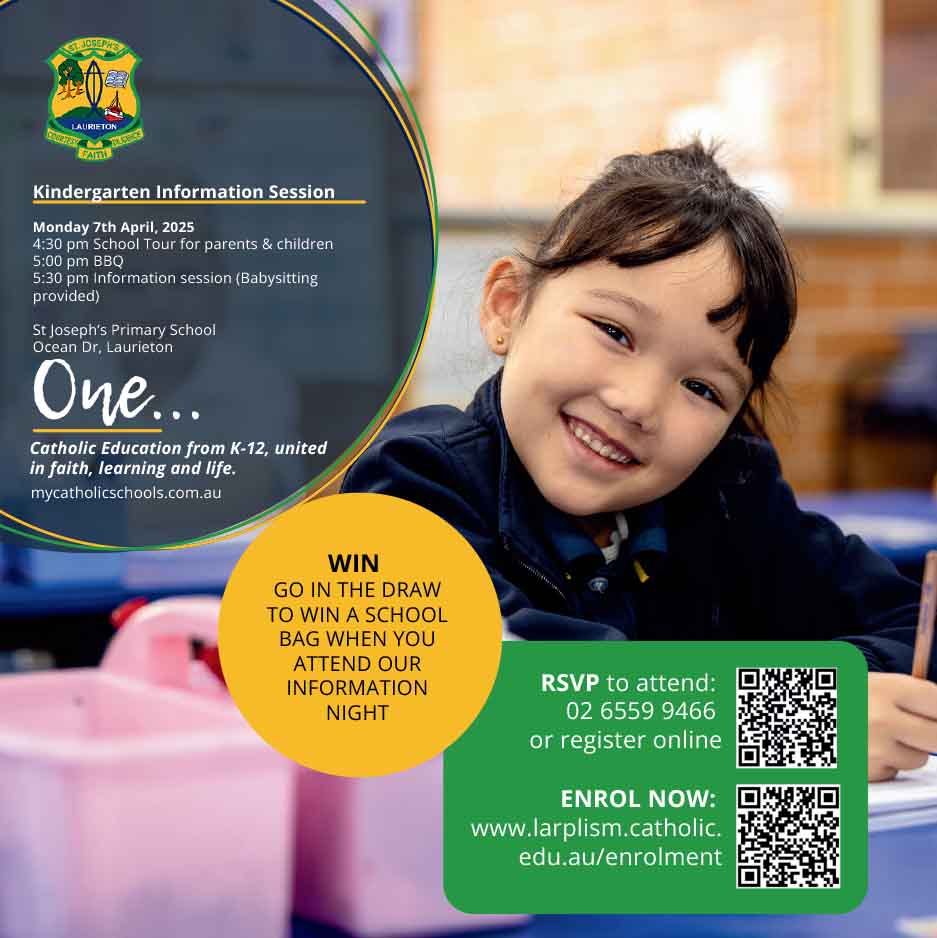
HUNDREDS of baby sea turtles were released into the ocean after a rapid response team rescued a record number of eggs from North Coast beaches in the lead up to Ex-Tropical Cyclone Alfred.
Trained staff and volunteers from NSW National Parks and Wildlife Service (NPWS) and NSW TurtleWatch undertook the state’s largest-ever relocation of turtle eggs from nine beaches between Tweed Heads and the Camden Haven, to save nests before huge waves inundated them.
 Advertise with News of The Area today.
Advertise with News of The Area today.It’s worth it for your business.
Message us.
Phone us – (02) 4981 8882.
Email us – media@newsofthearea.com.au
NSW TurtleWatch Project Officer Merryn Dunleavy said more than 300 hours were spent on the beach monitoring, rescuing and relocating these eggs in the lead up to the weather event.
“Our team worked around the clock in heavy rain, waves and wild and windy conditions, to ensure these nests could be relocated to safety.
“Each of our nests are very loved by our local communities so it was great to confirm to them that the nests had been rescued and will now have a chance at survival.
“For our rescued nests that have already hatched, we have seen hatching success rates between 85 and 96 percent.”
More than 1,000 eggs from nine endangered loggerhead turtle nests were carefully relocated into nine incubators.
Seven of the incubators were 45-litre eskies fitted with sand, heat pads, thermostats and temperature monitors.
The operation was incredibly delicate, ensuring the eggs maintained their original vertical orientation during transportation and the incubators remained at 26.5 degrees Celsius.
After a ten day wait, the first eggs hatched, and 317 turtle hatchlings were successfully released at North Kingscliff and Seven Mile beaches, followed by more at Wooli Beach.
Last week, 51 turtle hatchlings were released at North Haven Beach, 19 days after being rescued.
Another 121 hatchlings were released at Fingal Head Beach.
Four turtle nests remain in incubators and wildlife rehabilitators are keeping a close eye-out for cracked shells and emerging hatchlings.
A tenth clutch at Casuarina Beach was rescued in situ, and hatchlings were released that same day.
Four turtle nests remain in incubators and wildlife rehabilitators are keeping a close eye-out for cracked shells and emerging hatchlings.
A tenth clutch at Casuarina Beach was rescued in situ, and hatchlings were released that same day.
Turtle hatchlings are released at low tide to allow turtles to run down the beach – an important part of natal homing for these threatened species.
They will swim across the Pacific Ocean and up the South American coast, before returning to eastern Australia in years to come, to lay their own nests.
The pre-cyclone rapid rescue operation was the largest on record in NSW in terms of numbers of nests, eggs and incubators and the spread of beaches.
The 2024-25 summer was also record-breaking, becoming NSW’s biggest turtle nesting season.
A total of 18 sea turtle nests were found on beaches, up from 13 last summer.


